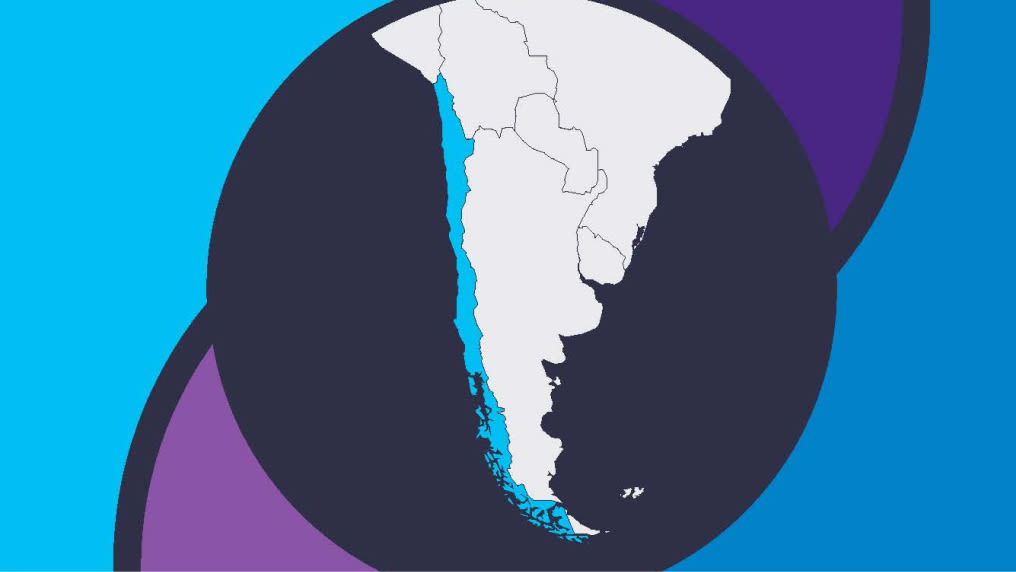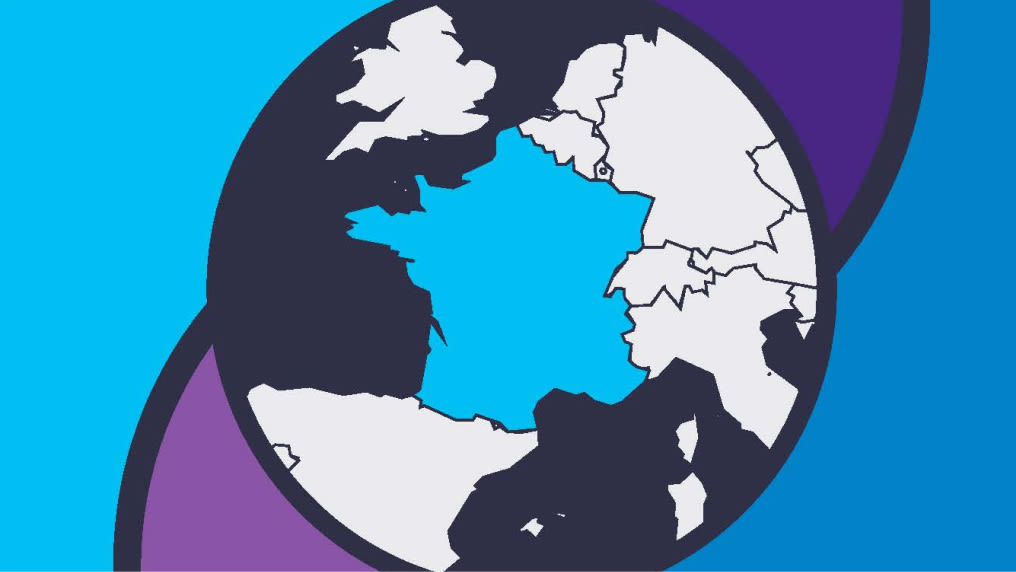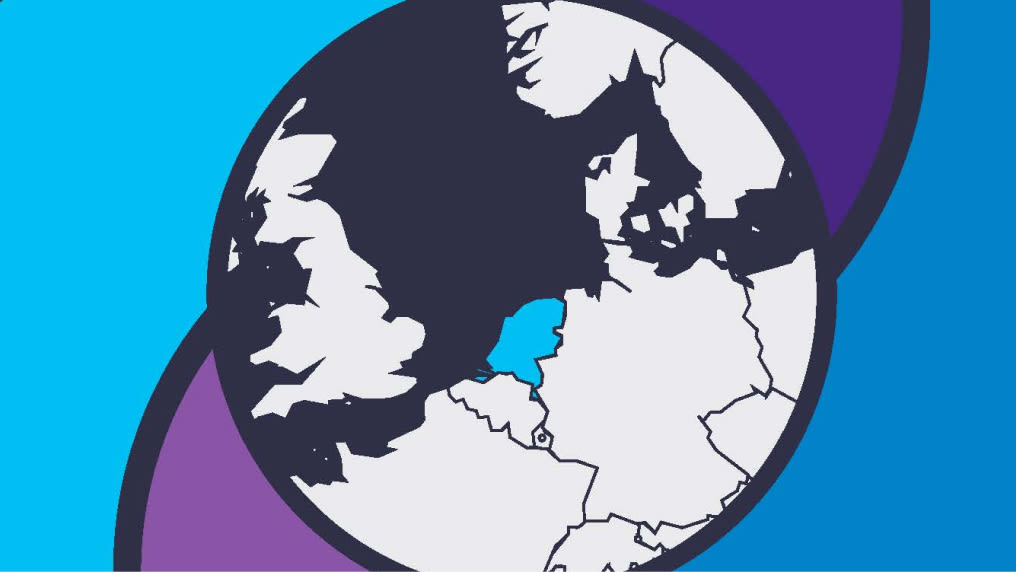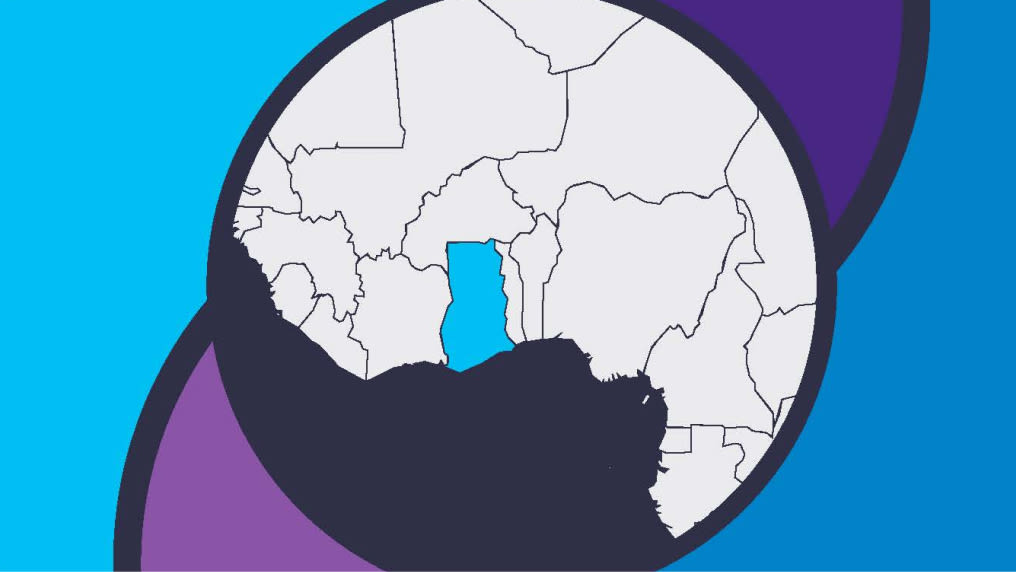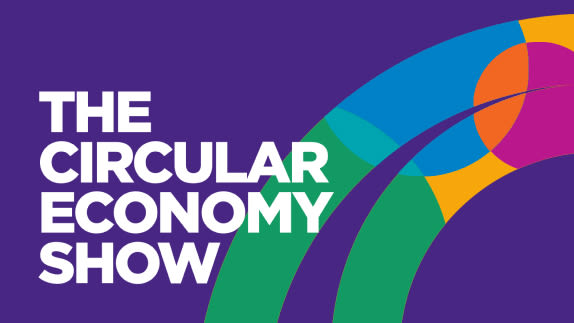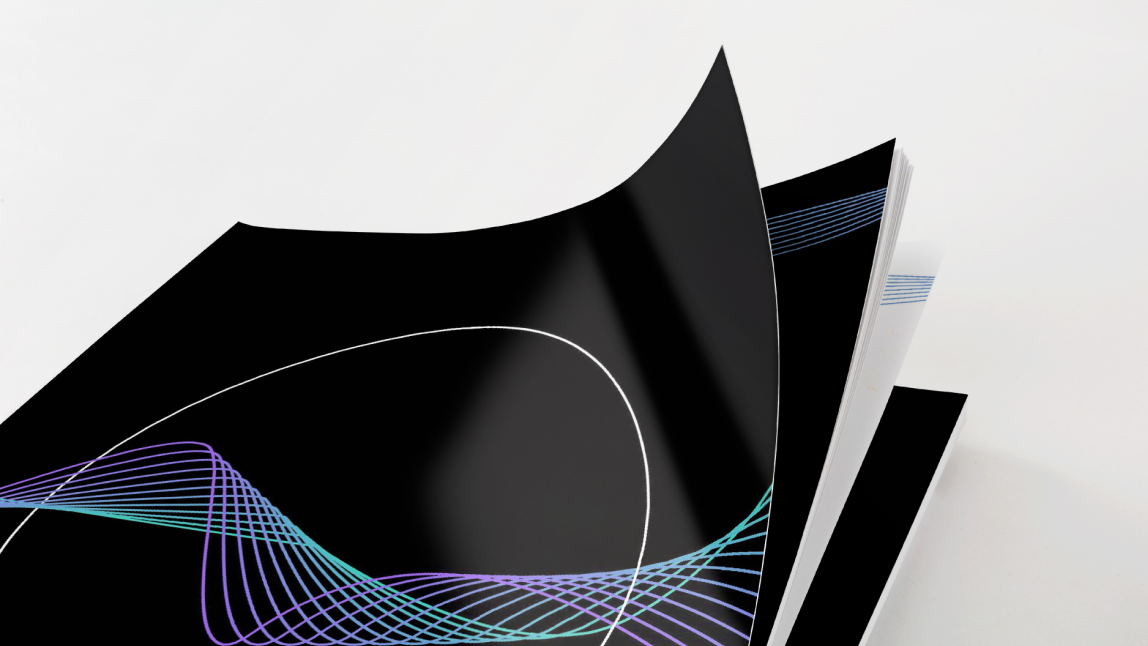This page is part of the report Pushing the Boundaries of EPR Policy for Textiles, where we explore a common approach across national EPR systems to maximize alignment and effectiveness. Additionally, we highlight the many benefits EPR can offer beyond downstream waste management. For more insights, explore the full paper.
EPR Status
Entry into force: 1 July 2023
Other EPR schemes: Tyres, vehicles, batteries, electronic equipment, packaging, single-use plastics
Separate collection & sorting of discarded textiles
Separate collection rate: 47%
Share of discarded textiles sorted after collection: 70%
Destinations of used textiles collected in the Netherlands
Reusable textiles
Textiles considered reusable after sorting (Relative to the quantity of textiles collected): 80%
Reusable textiles sold on the national market (Relative to the quantity of textiles considered reusable after sorting): 26%
Reusable textiles exported internationally (Relative to the quantity of textiles considered reusable after sorting): 74%
Non-reusable and waste textiles
Textiles considered non-reusable or waste after sorting (Relative to the quantity of textiles sorted after collection): 20%
Recycling and downcycling (Relative to the quantity of textiles collected):
Textile-to-textile recycling: 1%
Downcycling: 5%
Incineration (Relative to the quantity of textiles collected): <1%
EPR and the path to a circular textiles economy in the Netherlands
The Netherlands aims to establish a circular economycircular economyA systems solution framework that tackles global challenges like climate change, biodiversity loss, waste, and pollution. It is based on three principles, driven by design: eliminate waste and pollution, circulate products and materials (at their highest value), and regenerate nature. by 2050. As part of the Dutch circular economy strategy for textiles, EPR legislation for textiles was introduced in July 2023, with mandatory targets for producers in place as of 2025. Producers will need to report on those targets from 2026 onwards. The Dutch EPR scheme covers clothing, workwear, and household textiles such as tablecloths, bed linen, and towels. It does not apply to footwear, bags, blankets, or curtains.
Driving implementation
“EPR needs to evolve over time”

Marije Slump
Senior Policy Officer at the Dutch Ministry for Infrastructure and Water ManagementThe development of the Netherland’s EPR for textiles scheme involved an assessment of EPR’s track record in other sectors. In the eyes of the policymakers developing the legislation, ambitious targets are vital to stimulating effective change. Marije Slump, Senior Policy Officer, and Emile Bruls, Senior Advisor at the Dutch Ministry for Infrastructure and Water Management, explain the thinking that underpinned the target setting: “Our EPR targets have been set with the intention that they are both ambitious and achievable. They have been developed based on research and monitoring data and will increase over time. With our EPR for textiles, we have a first-of-its-kind EPR scheme in the Netherlands, namely one that sets clear targets on reusereuseThe repeated use of a product or component for its intended purpose without significant modification.. We believe that focusing on keeping products in use and lengthening the lifespan of products is an important element of an EPR scheme in order to lead system change”.
Targets
(percentage of textiles relative to the volume placed on the market in the preceding year)
Prepared for reuse or recycling:
2025: 50%
2030: 75%
Prepared for reuse:
2025: 20%
2030: 25%
Reused in the Netherlands:
2025: 10%
2030: 15%
Fibre-to-fibre recycled (percentage relative to the volume that is being recycled):
2025: 25%
2030: 33%
Towards a circular economy
“Going forward, EPR needs to help ensure that waste is not exported to third countries,” says Bruls. “To do so, it needs to accelerate actions on fibre-to-fibre recycling, for example by joining efforts with other EPR schemes and working towards an industry-wide, global goal on fibre-to-fibre recycling.
“For EPR for textiles to be successful, we need global alignment”

Emile Bruls
Senior Advisor at the Dutch Ministry for Infrastructure and Water Management“What we have learnt in the Netherlands and from the many stakeholders involved, is that while EPR is essential, EPR alone is not sufficient to achieve a circular economy,” reflects Slump. “Other policy measures such as legally binding ecodesign rules are needed as well. Still, EPR is an important part of the toolbox of policies that can help reduce the volumes of textile waste generated. There is room to further develop EPR policy in line with principles of the circular economy, by giving more attention to circular design, reuse, and repairrepairOperation by which a faulty or broken product or component is returned back to a usable state to fulfil its intended use.. “Ultimately, EPR needs to help reduce the consumption of new products, especially those made from finite materialsfinite materialsMaterials that are non-renewable on timescales relevant to the economy, i.e. not geological timescales..”
The Netherlands trade of used textiles
The Netherlands is a net exporter of used textiles, however, it also acts as a key sorting hub for used textiles from other European countries with imports of used textiles from other European countries making up approximately 98% of the Netherlands’ annual used textile imports. The top importing countries to the Netherlands include Germany (58%), Belgium (17%) and France (8%). In 2021 the Netherlands was the 6th largest importer, accounting for 3% of global imports, and the 11th largest exporter accounting for 3% of global exports.
Annual used textile exports (2021): 160kT
Annual used textile imports (2021): 150kT
Global distribution of exports from the Netherlands (2021). Annual used textile exports (2021): 160kT
Global distribution of imports to the Netherlands (2021). Annual used textile imports (2021): 150kT
Download
Pushing the boundaries of EPR policy for textiles: The Netherlands factsheet is available in: English
To quote this factsheet, please use the following reference: Ellen MacArthur Foundation, Pushing the boundaries of EPR policy for textiles: The Netherlands factsheet (2024).
Focus countries
These five focus countries illustrate what EPR policy design could look like in different jurisdictions. They offer a snapshot of each country’s material flows, alongside policymaker perspectives.

